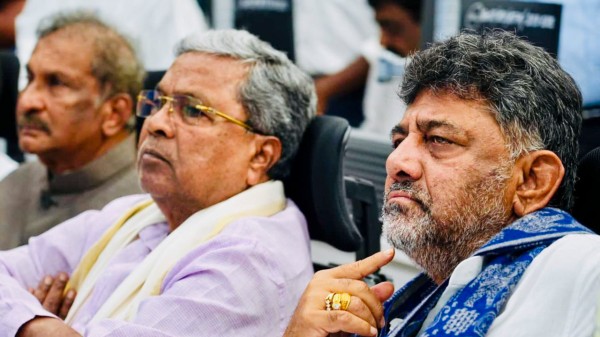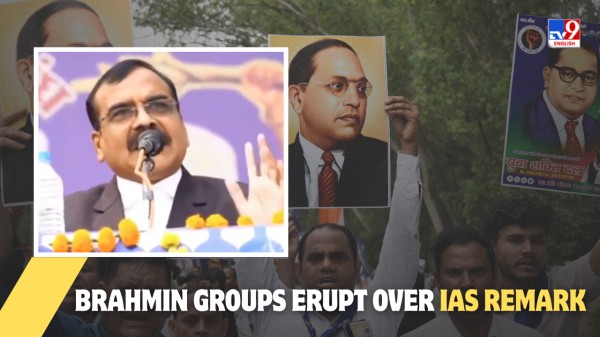

By signing in or creating an account, you agree with Associated Broadcasting Company's Terms & Conditions and Privacy Policy.


By signing in or creating an account, you agree with Associated Broadcasting Company's Terms & Conditions and Privacy Policy.

New Delhi: A study carried out by the Centre for Research on Energy and Clean Air (CREA) has revealed that India’s air pollution is not just an urban problem. The new report is based on high-resolution satellite data, and it provides a broad picture of India’s air quality. The satellite-derived PM2.5 analysis covers airsheds, states, and districts across the country.
The report shows that 60% of India’s 749 districts exceed the national PM2.5 limit of 40 µg/m³. Worse still, no district in the country meets the stipulated WHO guideline of 5 µg/m³. Pollution is widespread in rural and peri-urban areas, and therefore, clean-air efforts and campaigns must extend beyond cities, the report suggests. It is imperative that the urban-only approach of these campaigns is changed.
Another telling revelation made by the report is that the pollution hotspots are concentrated mostly in northern and eastern/northeastern India. Delhi ranks as the most polluted region, with annual PM2.5 reaching 101 µg/m³. Northern states like Delhi, Punjab, Haryana, Uttar Pradesh, and Bihar, along with eastern/northeastern areas such as Assam and Tripura, reel under persistently high PM2.5 levels throughout the year, it reveals.
The study points out that the top 50 polluted districts are concentrated in Delhi (11), Assam (11), Haryana (7) and Bihar (7).
As far as air pollution is concerned, winter is the worst, and monsoon the best. In winter, 82% of all districts exceed PM2.5 standards, the report says. Stagnant winds and emissions cause the peak pollution during winter months. During the monsoon, only 10% of districts exceed the standard. It was the cleanest period. However, Assam, Tripura, Delhi, and Punjab still remain polluted, the report says, adding the baseline emissions were extremely high. In post-monsoon, there was rapid rebound due to crop fires, festivals, low wind speeds, CREA study adds.
The state-level patterns or averages mask local hotspots. The report says 28 of 33 states and Union Territories have at least one district breaching national pollution limits.
For example, states like Maharashtra seem fine at state average level, yet includes high-pollution districts such as Chandrapur, driven by coal and industrial activity. Southern states such as Tamil Nadu, Karnataka, and Kerala are relatively cleaner, but still far above WHO standards.
Indo-Gangetic Plain and Northeast are emerging dual hotspots. Indo-Gangetic airshed is most polluted year-round, the report says. It points out that the new red flag is Northeast Airshed (Assam–Tripura). This stays polluted in all seasons and monsoon fails to clean the air, which means structural emission problems.
The report says that monitoring gaps markedly understate the real picture of pollution. States with limited monitoring infrastructure often seem cleaner than they are, while Delhi’s dense network closely aligns satellite data. This suggests that pollution levels in many other states could be far higher with improved monitoring.
Air pollution is a regional problem and not a local one, the report underlines. Airshed analysis shows pollution routinely travels across district and state borders. This means that clean-air policy must be coordinated regionally, not city-wise.












